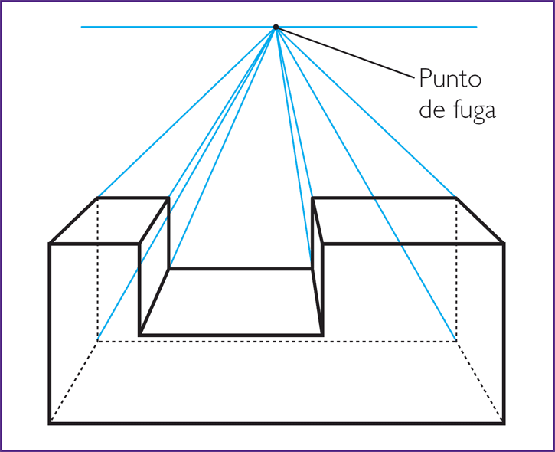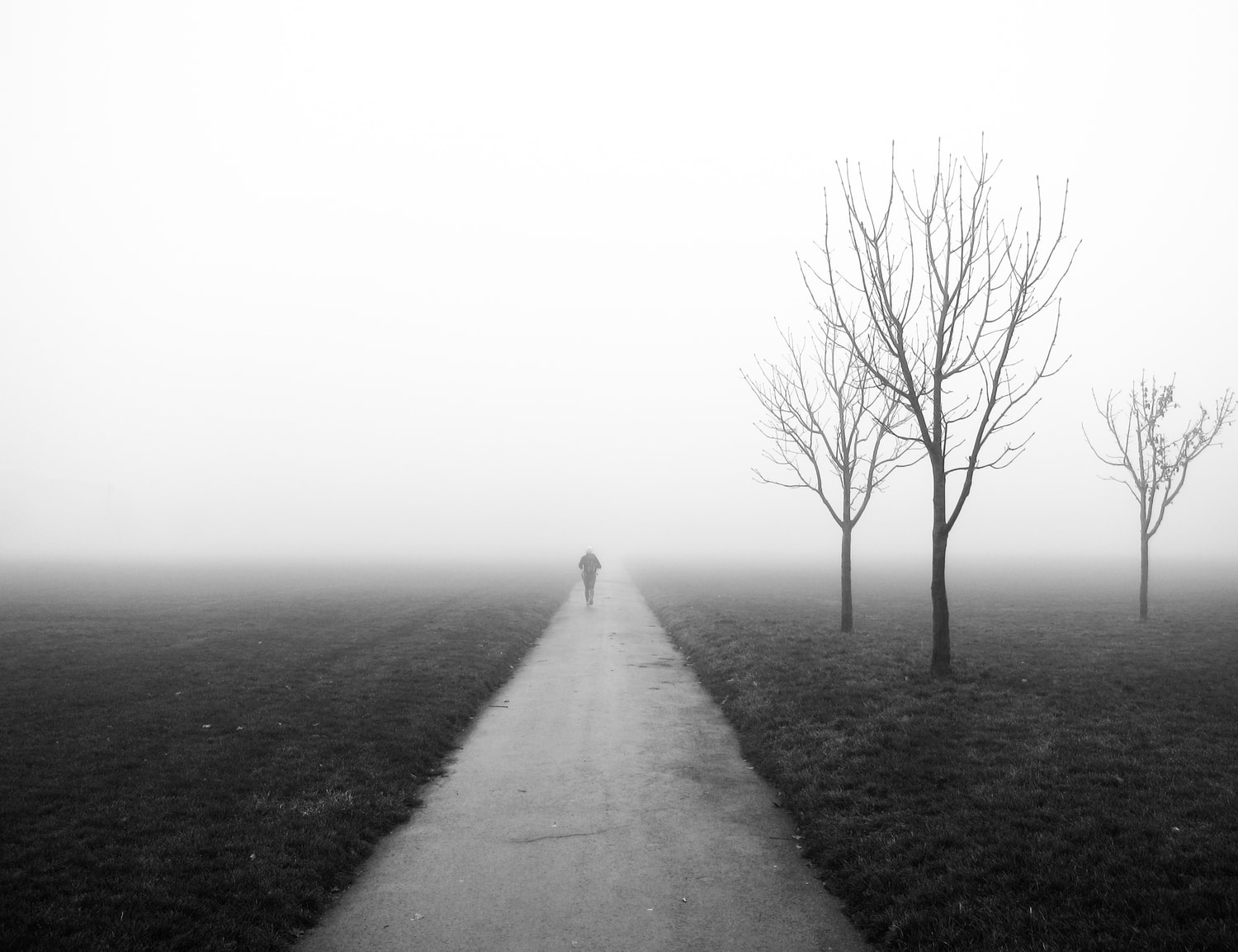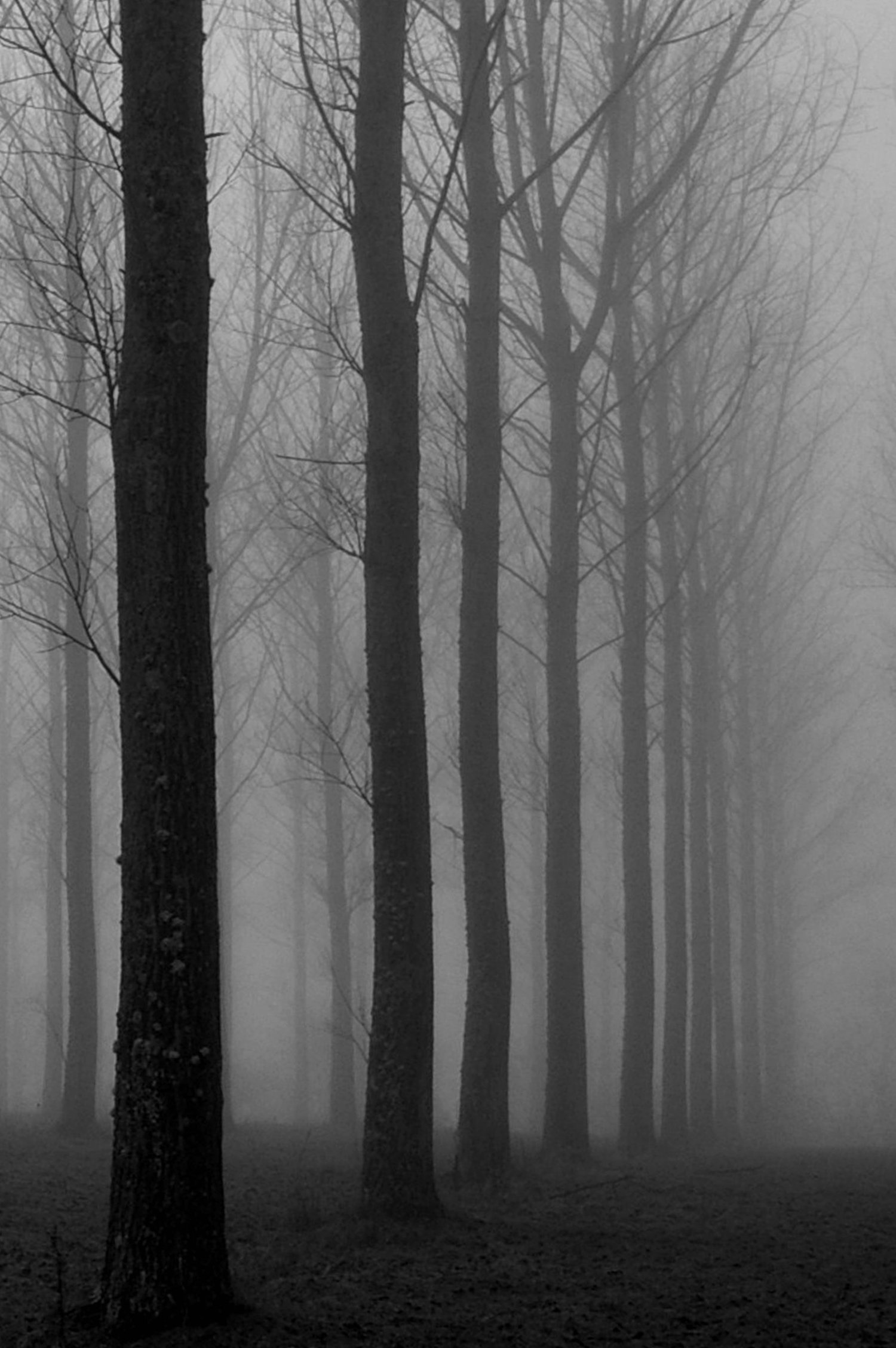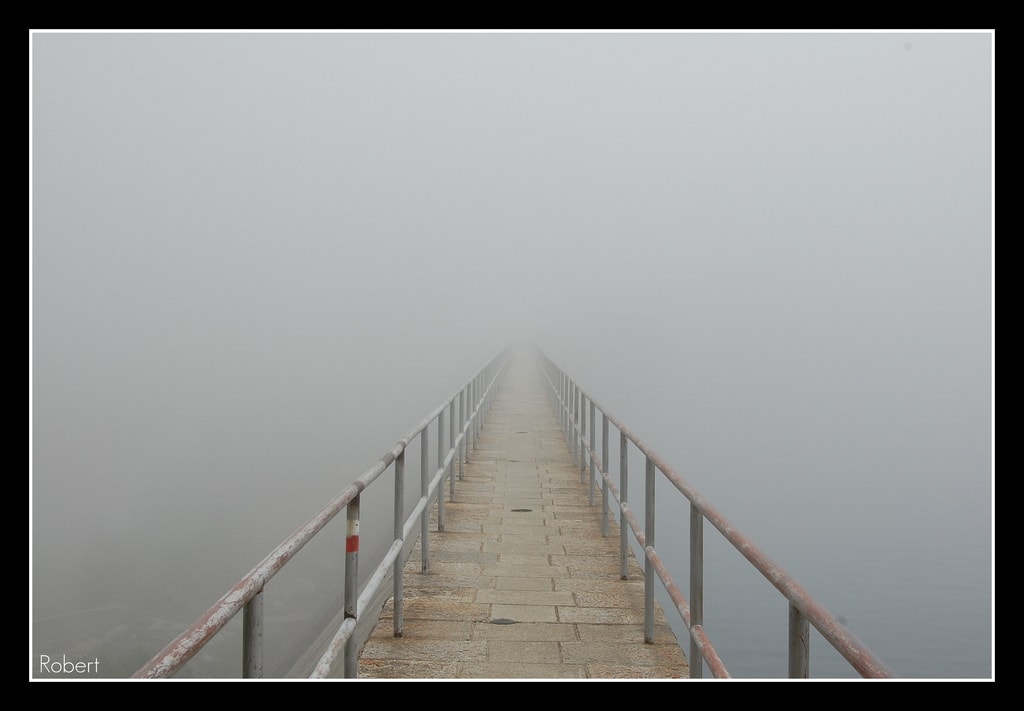In today's article I will talk about the vanishing point, an element of photographic composition that will help you add depth and three-dimensionality to your photographs. If you want to delve into photographic composition and learn all the tips and tricks for some of the most impressive photographs, I recommend this mega guide that we have prepared for you. Now we are going to understand this about depth and how the vanishing point can help you.
Photography is a means of expression that we use to represent a reality. It can be the reality that we see or the reality that we have in our head, it can be documentary photography or surreal photography , whatever it is, we use it to show an image or a concept of the life that surrounds us. However, photography and its artistic brothers, such as cinema and painting, are faced with the same problem. The world is three- dimensional (visually speaking), but neither photography, nor cinema, nor painting can, by themselves, represent three dimensions.
WHAT ARE THESE THREE DIMENSIONS OF WHICH WE SPEAK?
The three dimensions are width, length, and depth . The width and length can be perfectly represented in a photograph or a painting; it can be any image with an element in it; a pencil, an apple or a baby. The most "complicated" part in photography is depth, which is what gives the image a three-dimensional sensation.
HOW DO WE GET DEPTH IN AN IMAGE?
As painters such as Piero della Francesca already discovered and theorized in the XV century, the sensation of depth and space are achieved through perspective , which is nothing more than the way we have to explain the distribution of space, through placement of the elements so that our brain is able to calculate their distance , their size, or their position. For example, our brain understands that closerness implies greater size and greater distance implies smaller size, it is also capable of interpreting depth through the progressive change of the colors of an image, and even through the tones of its atmosphere.

WHAT IS THE VANISHING POINT?
The vanishing point is the place where two or more parallel lines (real or imaginary) converge towards infinity in an image. For example, imagine the lines generated by the edges of a road and its projection towards infinity; toward the bottom of the image. The place where these lines intersect, literally or imaginary, is what we know as the vanishing point.

HOW CAN I USE IT IN MY COMPOSITIONS?
Vanishing points are a visual and compositional element with a lot of visual force. Through the lines that converge (called convergent lines) at a point, whether they are real (physical) or imaginary, you will be able to direct the gaze of the viewer of your image, directly to the point where these lines intersect. It is a way of marking the path, while narrating the degree of depth that your image contains.
THE VANISHING POINT AND THE CENTER OF INTEREST
Surely you have already heard about the rule of thirds and how the intersections of the imaginary lines that separate the image into thirds have a greater visual impact , right? Vanishing points create a very similar impression on the perception of the image, drawing the eye naturally to them, so any element located in or on the way to a vanishing point will naturally stand out in your image.

POINTS OF VIEW
It's not all roads and train tracks. A good photograph can be anywhere, in front of you, but also above or below you. Buildings, sets of tree trunks, railings, stairs and in general everything that is made of lines can provide you with a multitude of possibilities as far as vanishing points are concerned. Try to vary the point of view to look for these lines that are lost in the sky, or between your shoes, high angle, low angle, zenithal or nadirs, you will see how the lines travel towards infinity and give you very interesting images.
WIDE ANGLE
The wide angle is not only a low focal length lens to capture as much of the landscape as possible, it has many more possibilities. Have you tried using it to compose across lines or partly to them? As you well know, close-ups on a wide-angle lens distortedly enlarge the area closest to the lens, exaggerating the perspective of objects, while allowing you to introduce a great depth of field into the scene.
If you are looking to give your leaks more impact and drama and you have one of these jewels among your photographic material, go for a walk with it in search of interesting leaks, you will not be disappointed ? .
ARCHITECTURAL ELEMENTS
Architecture is perhaps the place where you will most easily find fugues with which to practice and give free rein to your imagination. You can practice with physical lines or with imaginary lines created for example through the repetition of patterns , which is also known as visual rhythm in composition. If you are interested in architectural photography, the vanishing point is a widely used resource to express the scale of buildings or places, and give volume and depth to the image.

SCENERY
Vanishing points in landscape photography are another way to add interest to your images. For example, you can shoot some snowy mountains in the distance, but if you don't have anything to create depth in your image, you risk making your image look a little dull or flat . There are several ways to solve this aspect; from using a close-up to generate a sense of scale(big-near, small-far) or use vanishing points to guide the eye through your landscape to a certain point. Crop fields, roads, rivers or tree trunks are just a few examples of possible vanishing points that you can find in landscapes. Remember that almost any line is capable of creating an interesting leak. The important thing is to vary the point of view or the frame until you find it.

I'VE FOUND A COOL LEAK, NOW… WHERE DO I PUT IT?
As always, there are no unbreakable rules, rules, or manuals, but there are little help on the way to your decision to opt for one thing or another.
- Rule of thirds : Sounds familiar, right? ? Placing the vanishing point in one of the strong points of this rule will naturally enhance the imaginary point of your escape.
- Breaking the rules : Once you know them and are tired of practicing them, use your instincts. The rules are always very general and it is impossible for them to adapt to all situations or to the tastes of each one. So you should trust your nose when looking for the best composition for each situation.
- Inside the frame : You can make those converging lines intersect somewhere infinite but inside your frame. If you do this, the viewer's gaze will not need to "walk" outside of your image, but will start and stop where you have decided it should.
- Outside the frame : Another option is to place the vanishing point outside the frame. If you do, the one who observes your image will walk through it until they leave, and to complete it, they will need to do it through their imagination. In this way, you make that person more involved and active when contemplating your image.
- On the horizon : When you decide that the vanishing point is located inside the frame, there will be times when it vanishes directly on the horizon, especially in landscapes. Pay special attention that the horizon is straight , it is better to do it right from the beginning, and not have to re-frame later ? Also, remember the law of the horizon, which tells us that the most interesting area of your image should occupy approximately 2 /3 of the frame.


The vanishing point is an element of great visual force . It may not be and it does not have to be in each of your images, but it is certainly an element to take into account when composing them. Few systems will provide you with images capable of breaking the monotony of a scene, of providing drama, speed, depth, or will be capable of being consistent in themselves, like vanishing points. I have always thought that the vanishing point is like an arrow that indicates the exact place where you want the gaze to wander, and the exact point where you want it to stop. Are you going to miss out on such a valuable tool?
And you know, if it has helped you, if it has helped you devise new compositions lost in infinity, so that you raise your head when you go for a walk instead of looking straight ahead, so that your eyes wander over the architectural lines of your city , if it has helped you to imagine finite paths in the forest or infinite paths lost in the clouds


